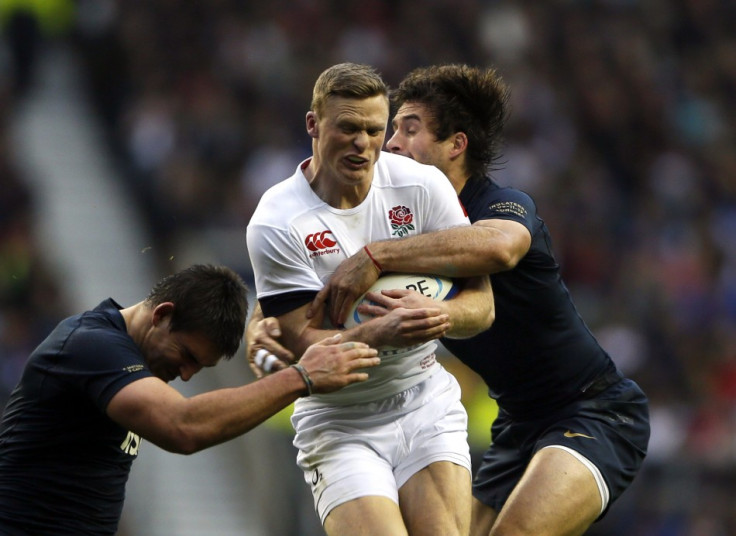England's Autumn International Review: Five Things That Remain Unresolved

England's Capacity to Hurt Teams From Wide
Amid injuries to Christian Wade and Marland Yarde, Lancaster was unable to select what might be regarded as his first-choice wing pair during the autumn. Nevertheless, Chris Ashton and Ben Foden played against Argentina and New Zealand, following injury to Yarde against Australia, and neither sufficiently impressed. New Zealand's Julian Savea produced a masterclass in wing play at Twickenham, arriving at the right time to score twice, and it should inspire England's own wingers into action. The confidence to spread the ball wide early also needs address and reinforcing.
Is Chris Ashton's form a phase
Further to the issue regarding England's wingers, so often the man for the big occasion, Ashton, is slowly finding that the early months of his international career was merely a fraudulent episode rather than true indication. Three tries have come in his last 20 test matches after 15 were scored in his first 17, but away from the statistics, Ashton's confidence appears to be at its lowest ebb. Suffering from a lack of ball he might be, but the Saracens wing has lost the confidence to look his opposite number in the eyes and finish. Even his try in this series, against Argentina, was somewhat dubious.
The Centre Pairing
Forget the fairy-tale stories regarding the rugby-playing Tomkins brothers, oldest sibling Joel has endured a torrid introduction into international rugby and it says much about England's options in the position that he survived for three successive tests. The rugby league convert's handling alone saw him stick out like a saw thumb all autumn. Lancaster's hand has admittedly been forced. Manu Tuilagi and Brad Barritt could both miss the Six Nations after surgery on respective chest and foot injuries. Henry Trinder, Luther Burrell and Kyle Eastmond are among the relatively untested candidates to partner Billy Twelvetrees, who himself was fortunate to survive playing all three matches after a disastrous performance against Australia.
Coping in the line-out without Dylan Hartley
Brought in from the start against Argentina and New Zealand to regain control at the line-out, but when Hartley was replaced after suffering a bruised lung, England fell apart and handed the match the All Blacks' way. Tom Youngs, although he sets a good platform with the ball in hand, a la Hartley, he can offer little of the same assurance at the line-out. Without ruthless finishing out wide or a game devoid of indiscipline to see out tight matches against high-class opposition, England face relinquishing control of test matches with a quarter of the game remaining.
Do England have any world class players?
England have proved by rising to No.3 in the IRB rankings that they possess a team capable of going toe-to-toe with the world's top southern hemisphere nations. The front-five are as devastating as any in world rugby, even mauling New Zealand into the ground, while a firing scrum provides another decent platform from which to build. They are the outstanding favourites for next year's Six Nations. But as the All Blacks and South Africa, the last two World Cup winners, will tell you, world class players can transform average performances particularly in tournament rugby. Arguably, England remain without such a dominant influence. Can a solid, cohesive unit win a World Cup in a modern era in which the Ma'a Nonu's, Israel Falau's and George North's of this world all exist? Lancaster requires an individual to become England's man for all moments.
© Copyright IBTimes 2025. All rights reserved.





















